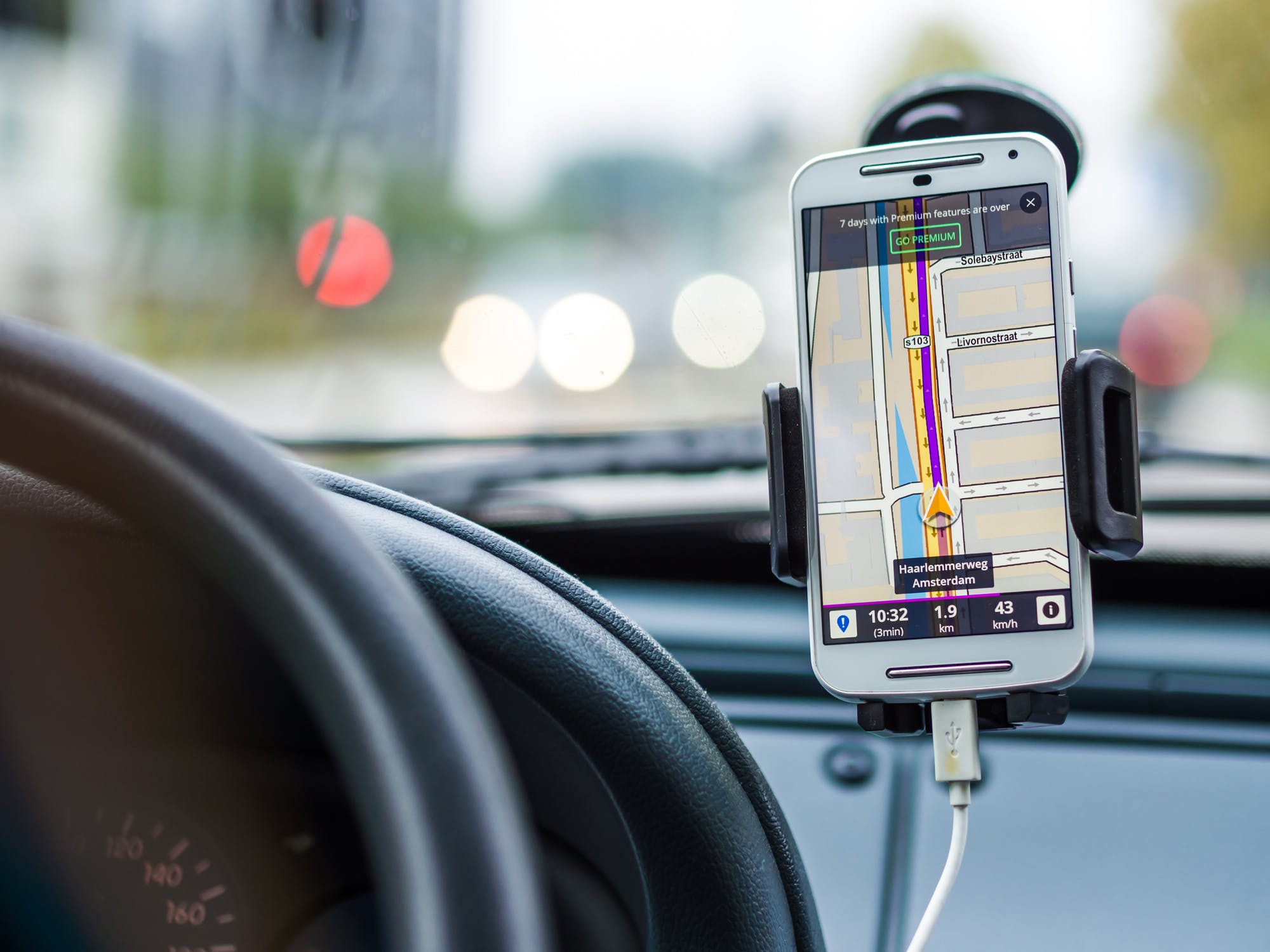
Wayfinding design is not only essential for improving the visitor experience. It also plays a significant role in your branding strategy and allows you to produce engaging and targeted content.
From omni-channel experiences to sustainable materials, read on for the four must-know wayfinding design trends to expect this year.
1. Omni-Channel Experiences
Due to the increase in Bluetooth-driven and cellular Wi-Fi systems, wayfinding methods are emerging as more fulfilling experiences for users. This can be seen in the rise of omni-channel experiences that enable users to navigate spaces from their personal devices.
Through digital wayfinding and digital map design, visitors can quickly identify and ascertain location points while being engaged in an interactive mapping system that encourages them to take in their surroundings more thoroughly. For users, this type of wayfinding system can save significant amounts of energy, money and time.
Throughout the omni-channel experience, the goal is to formulate a comprehensive yet unique customer experience pre-visit, during the visit, and post-visit. It has never been more important to have your wayfinding system align with your branding and online experience.
Additionally, for you, an omni-channel digital wayfinding solution helps to improve analytics, increase customer value, and personalize the experience. In other words, omni-channel solutions can gather data insights from all channels to make judgments on how to personalize content.
Keep in mind that when formulating a wayfinding system, you want to ensure that it is designed to evolve as new technologies arise.
2. Sustainable Materials
As more and more people are becoming concerned with matters related to sustainability, it is becoming increasingly important for companies and organizations to utilize the most sustainable materials possible. When it comes to wayfinding, this means using signs that are made from durable, sustainable materials and that are produced with little to no waste and harmful chemicals.
Therefore, it is crucial that you start to consider what types of materials you are using in your wayfinding design and ensure you are aware of the raw materials and manufacturing processes that are utilized to create your finished product.
Similarly, one of the biggest design trends is biophilic design which seeks to bring the natural environment into a space. This is achieved by incorporating natural light, natural materials, and nature views into the built environment.
For example, in 2020, many buildings have large windows and are decorated with warm tones and many plants. These natural design trends can extend to your wayfinding signage by utilizing natural materials such as bamboo leaves and woodgrain laminates.
3. Wayfinding Kiosks
In many industries, digital wayfinding kiosks are becoming more common as they are incredibly useful in helping people competently navigate environments. Whether they are located outdoors or in building entryways, wayfinding kiosks inform visitors of where they are while also presenting necessary information about the building, floor maps, staff directories, and guidance to a destination.
They are ideal for communicating massive quantities of information in manageable chunks and making planning a route instantaneous and straightforward. Plus, they can be programmed to provide information in different languages and for those with learning disabilities.
Moreover, wayfinding kiosks are becoming more compact in design and more reasonable in cost, which is why you can expect to see a proliferation of them throughout the year. These kiosks will continue to be an essential mechanism for organizations that are committed to creating and maintaining a complete wayfinding solution. The larger your facilities, the more critical it is to incorporate wayfinding kiosks into your system.
4. Data Collection
Undoubtedly, one of the most important aspects of modern-day wayfinding systems is the ability of organizations to collect data. This must be a key component, as it is essential if you are going to maximize the potential of your wayfinding system. The appropriate data collection will help you to understand how individuals use the system, which is information that can then be transformed into creating a customized experience.
A corresponding trend is the usage of predictive analytics which involves utilizing interactive technologies to obtain key analytics that are then employed to enhance content and raise ROI.
Additionally, the data will help you determine the most popular locations and the most frequently searched terms. Armed with this knowledge, you can then see where wayfinding options need to be improved and whether physical signs or other landmarks need to be erected or designated as a wayfinding element. This is why sculptural works are often incorporated into wayfinding designs.
Final Thoughts
If you want to get ahead of the trend when it comes to wayfinding design, then you want to work with DezignTechnic. Boasting over 21 years of experience, DezignTechnic is a wayfinding, mapping design and signage consultant in Dubai, UAE. To learn more about what we can do for you, reach out to speak to a team member today.
What do you think are going to be some of the biggest wayfinding trends this year? Are there any that your organization is incorporating into your wayfinding strategy? Let us know your thoughts and any relevant insights in the comments below.

